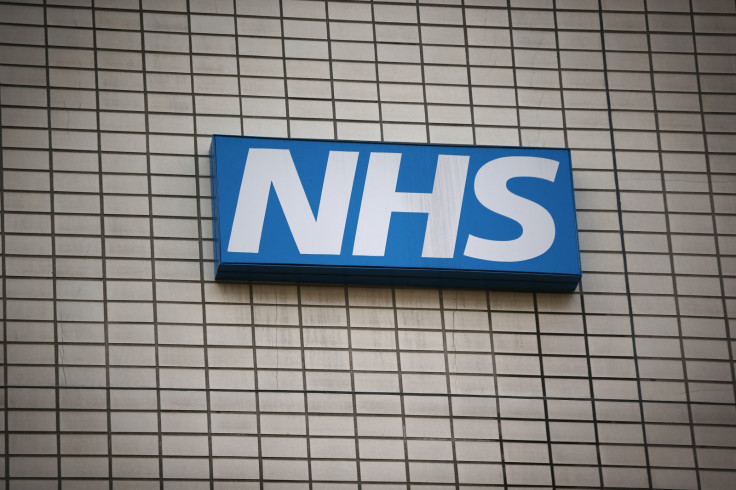Number of NHS patients 'experiencing harm though inadequate care' falling

The number of patients who have required extra treatment because of they have not received appropriate care while recovering on the NHS has edged lower compared with the same period last year, according to a report.
The NHS Safety Thermometer is used by the Health and Safety Care Information Centre (HSCIC) to measure how many times a patient has succumbed to four 'harms' – pressure ulcers, falls, urinary tract infections (UTIs) in patients with a catheter and new venous thromboembolisms (VTEs) – while under NHS care.
The HSCIC tracks the four harms as they are they are the most common and there is a "clinical consensus that they are largely preventable through appropriate patient care".
According to the monthly figures the number of patients who have been declared "harm free" and did not suffer any of the four main complaints in May 2015 was 94% – a rise of 0.1% from the previous month and 0.4% from the same time last year.
Of the patients who did record harm, the data shows 4.5% of patients had a pressure ulcer, compared to 4.7% from the previous year. There was also a drop of 0.1% from patients who have suffered falls from May 2014 to 2015, while the number of patients who had new VTEs remained the same over the year at 0.4%.
However, there was a slight increase in the number of recorded patients with UTIs from 0.7% in May 2014 to 0.8% this year.
© Copyright IBTimes 2025. All rights reserved.






















